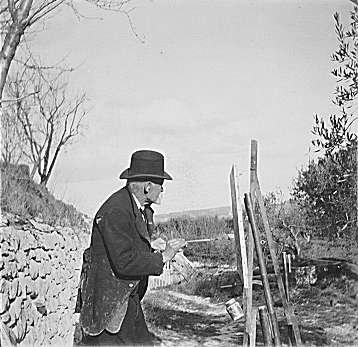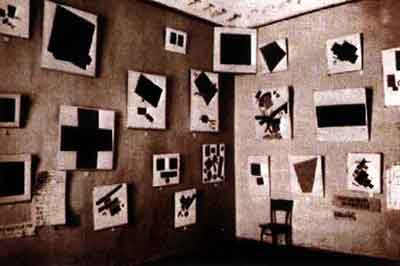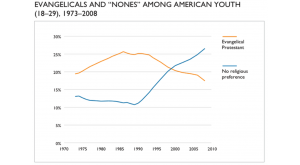One post on the paintings of Paul Cézanne’s is not enough and so I explored his relentless engagement with nature in “The Creaturely Work of Paul Cézanne” over at ThinkChristian, where I blog from time to time. Cézanne was relentless in his desire to do one thing: paint nature. Yet it was by returning the artist and the viewer to the world, to look at it closely and to feel it intensely, that opened the path toward abstraction—an approach to painting that theological reflection, in its haste, has too often misinterpreted.
In addition to looking at Cézanne’s work at the Museum of Modern Art, I also spent considerable time with “Inventing Abstraction: 1910-1925: How a Radical idea Changed Modern Art.” An ambitious exhibition that brought together the most important works of this period, “Inventing Abstraction” explored the origins of “non-objective” abstraction, that is, abstraction that makes no observable connection to the visible world. My review of this exhibition and its implications for theological reflection on painting and modern art will next week over at Good Letters, the daily blog of IMAGE Journal.
If you’re interested in learning more about modern art please join me for the Glen East Workshop, sponsored by IMAGE Journal, for a week of lectures, discussions, museum tours, and informal conversations hosted at Mount Holyoke College. You can find more information about it here.














